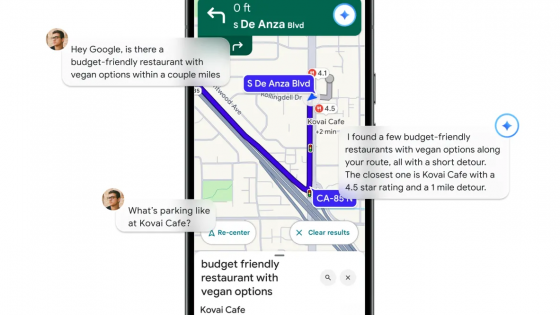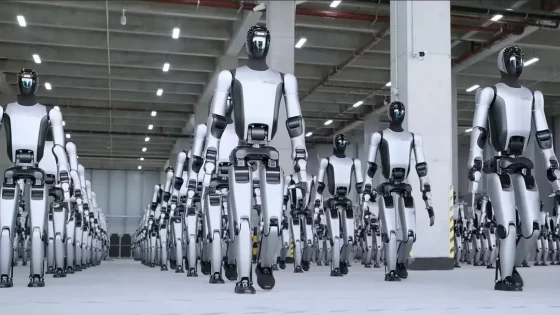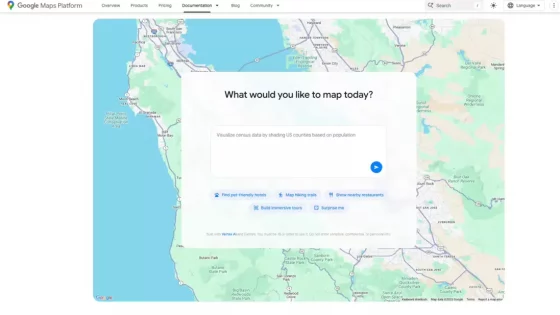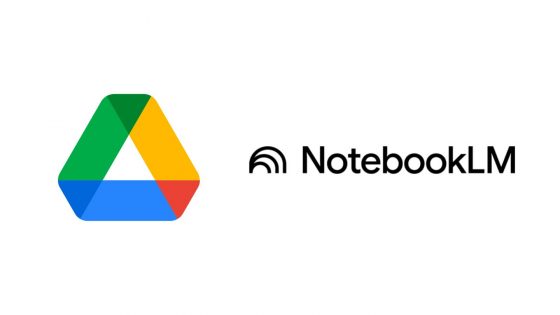5 ways to make the most of artificial intelligence in 2025

Artificial intelligence has been a hot topic in the business world for a while now. Are you one of those who rolls your eyes every time these two words come up in a meeting or event? Don't worry, you're not alone, because the fact is that artificial intelligence is truly ubiquitous.
Here's the thing: Whether you've embraced AI with open arms or still find it intimidating, it's clear that AI isn't going anywhere. It's evolving rapidly, and how companies engage with it today will largely determine their future performance and success.
But AI is more than shiny tools and “innovation.” To truly stand out, you need to look at AI more broadly than just another tech trend. It’s a tool for creating real impact. And what’s at the heart of it all? People. Your team. Your customers.
With the right leadership, clear strategies, and a focus on ethical practices, AI can increase creativity, deepen relationships, and drive sustainable growth in 2025 and beyond.
Let's take a look at how companies and teams can make the most of artificial intelligence.
It is necessary to ensure that people keep up with the times
For AI to be effective, you need the right knowledge and confidence to use it. Most teams and companies have a mix of those who resist the technology and those who use it very intensively. This makes adaptation quite difficult.
Start by implementing a customized training plan that builds skills gradually. Focus on foundational skills like prompt engineering first, and slowly move to more advanced techniques as your confidence grows. Start small – start by automating simple processes and gradually consider more complex challenges.
CEO Magazine author Leanne Shelton says that too many organizations are jumping into big projects too early and overinvesting in AI tools that are still in their infancy. It's worth thinking carefully before you fall into the same trap.
In such cases, it is necessary to ensure that the learning process is engaging for employees. This can be done through workshops, hands-on sessions and regular feedback to address concerns. Many companies also use “buddy” systems, and many have implemented monthly AI discussions where teams can share best practices and troubleshoot issues together.
Above all, it is important to remind colleagues that AI is here to enhance their work, not replace it. When people feel empowered, AI can become a catalyst for success.
Ethical and transparent use of AI must be a priority
It is clear that artificial intelligence is a powerful tool. But with great power comes great responsibility. When artificial intelligence is handled superficially and incorrectly, trust is broken and the consequences usually fall on companies, brands, or even individuals. That is why more and more companies are choosing to prepare their own AI rules, technology usage policies, and the like.
Developing an AI policy is essential to ensuring the ethical and transparent use of AI in 2025. It sets boundaries, clarifies expectations, and aligns the potential of AI with the organization’s values. According to Leanne Shelton, an internal AI policy should address areas such as data privacy, bias mitigation, and transparency.
Some questions to answer are: Is it clear how data is collected? Do we have any safeguards against prejudice and bias? Are customers and other stakeholders aware of when artificial intelligence is being used?
“Regulations in the field of artificial intelligence are changing rapidly, which requires companies to regularly monitor compliance with company values and all the rules of the game.”When ethical practices become a priority, AI increases trust and enables sustainable growth", Shelton wrote.
The art of “prompt engineering”
The quality of the results that artificial intelligence gives us depends on the quality of the prompts/calls/cues. Unlike mathematical equations, there are no clear formulas for these, and it often turns out that the best prompts come from a base of human knowledge and experience.
One way to think of generative AI is as a junior assistant that requires an effective onboarding process to fully understand the business, brand tone, and customer. To function well, this assistant also needs context and clear instructions from each call it receives. Just like a human assistant.
Shelton encourages users to critique and challenge the results. It's important to ask yourself if the tone is appropriate, if the ideas align with the company's values, and consider what's missing.
Sometimes it's necessary to abandon AI entirely and complete a task manually. The goal is not perfection on the first try. It's about using AI over the long term, which brings us closer to a great result.
The key is to develop calls to action tailored to each individual's unique roles and goals, then share them with the team or wider community so that we all ultimately benefit.
Maintaining human creativity and critical thinking
Every individual and company can decide how they will use artificial intelligence. We still have the power to decide whether we want to fully trust generative models, or still maintain creativity and a certain level of critical thinking. In the creative process, the result offered by the model should not be seen as the final step. It can be a basis, a draft, or an idea that helps us fill the initial blank screen.
The key to generating quality content is to add a uniquely human touch to anything AI creates. Personal anecdotes, emotional nuances, and industry insights add depth and connection—and these are elements that AI simply can’t provide (yet).
Once we internalize these habits, we find that AI enhances, rather than eliminates, creativity and critical thinking among team members, for us as individuals, and in virtually all ways of use.
Developing human relationships with the help of artificial intelligence
In this day and age, authentic human relationships are arguably more important than ever. It’s true that artificial intelligence can do a lot, but it still can’t connect with humans on a personal level. Author Leanne Shelton says: “AI should be a support system, not a replacement for the people working behind the scenes in an organization. For example, AI can analyze customer data, but humans should be the ones taking the reins when it comes time to build real relationships.in".
Chatbots can answer questions very quickly, offer numbers and graphs, and the team's empathy and understanding is what can turn customers into loyal partners.






























